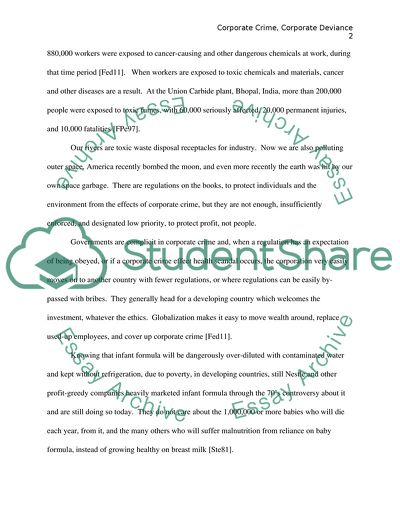Cite this document
(Corporate Crime, Corporate Deviance: Why No Outrage Research Paper, n.d.)
Corporate Crime, Corporate Deviance: Why No Outrage Research Paper. Retrieved from https://studentshare.org/law/1768372-corporate-deviance
Corporate Crime, Corporate Deviance: Why No Outrage Research Paper. Retrieved from https://studentshare.org/law/1768372-corporate-deviance
(Corporate Crime, Corporate Deviance: Why No Outrage Research Paper)
Corporate Crime, Corporate Deviance: Why No Outrage Research Paper. https://studentshare.org/law/1768372-corporate-deviance.
Corporate Crime, Corporate Deviance: Why No Outrage Research Paper. https://studentshare.org/law/1768372-corporate-deviance.
“Corporate Crime, Corporate Deviance: Why No Outrage Research Paper”, n.d. https://studentshare.org/law/1768372-corporate-deviance.


